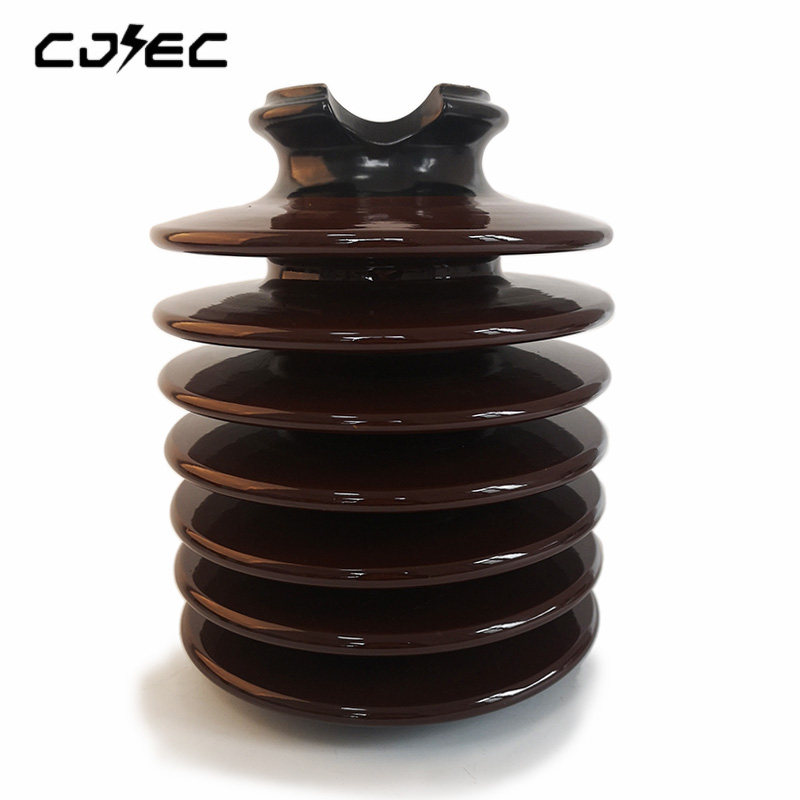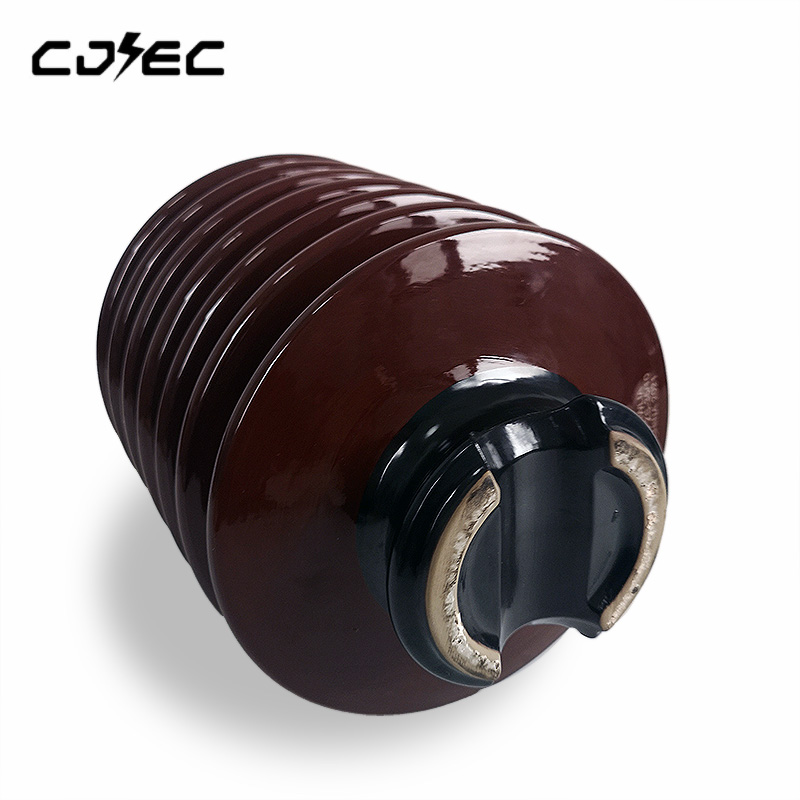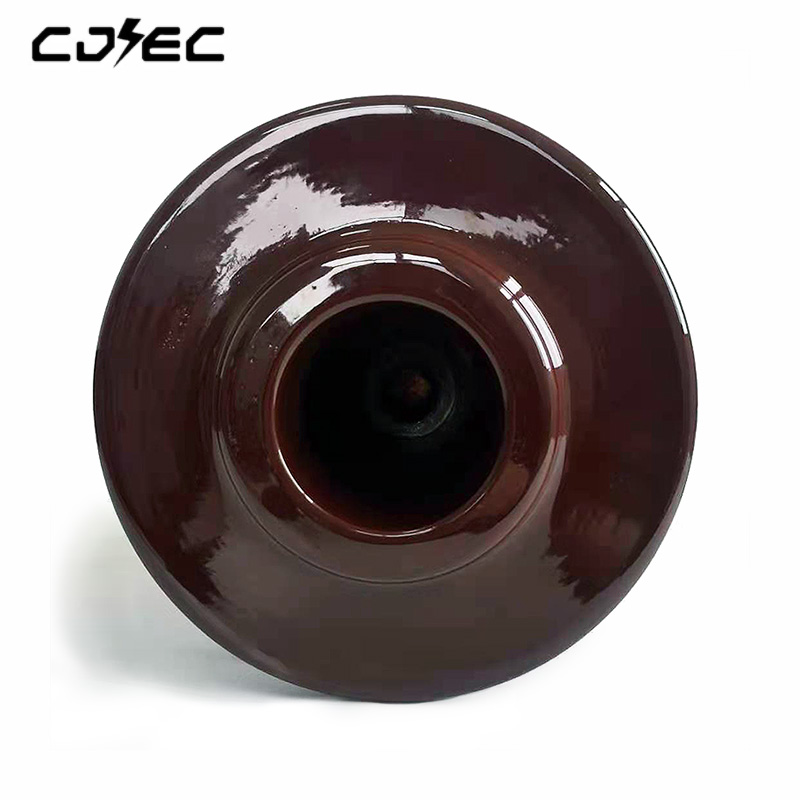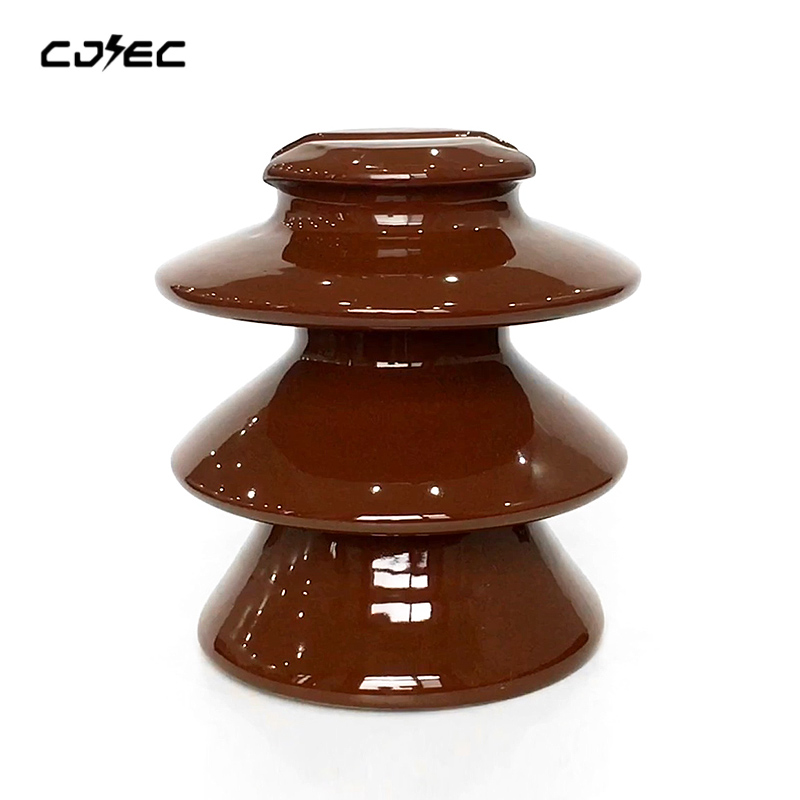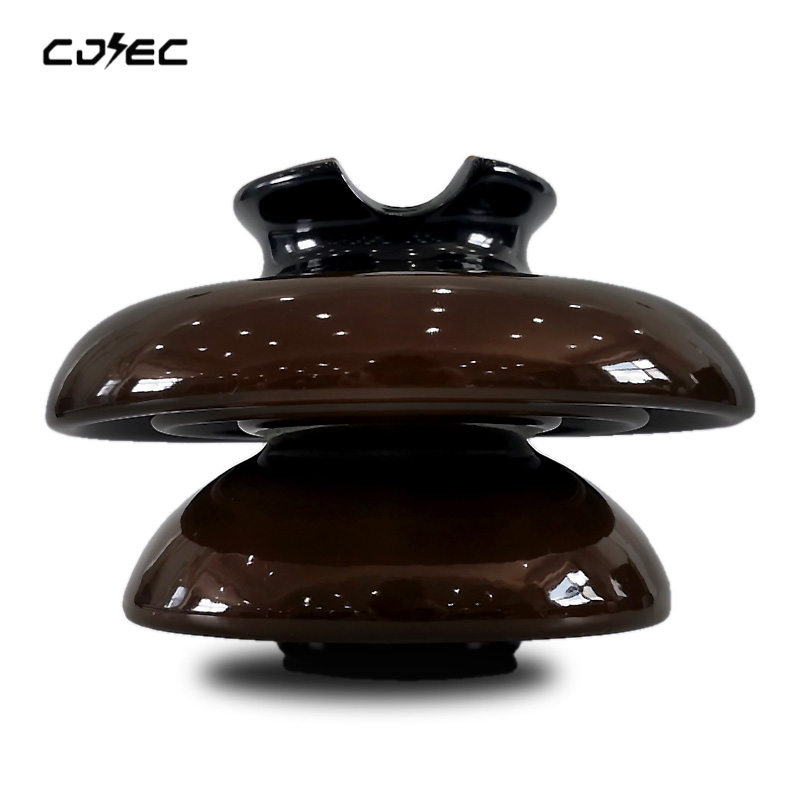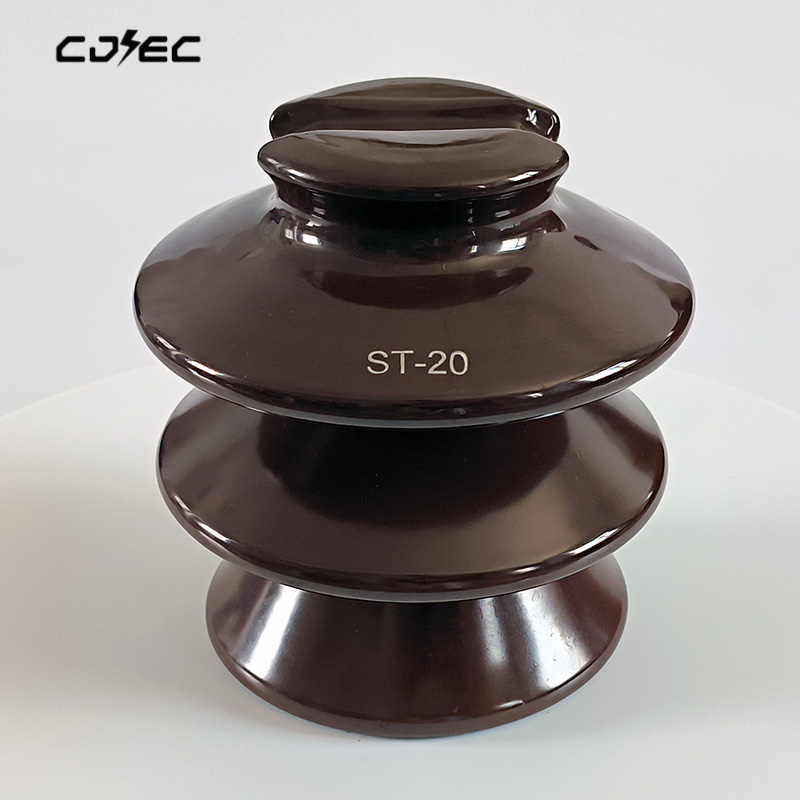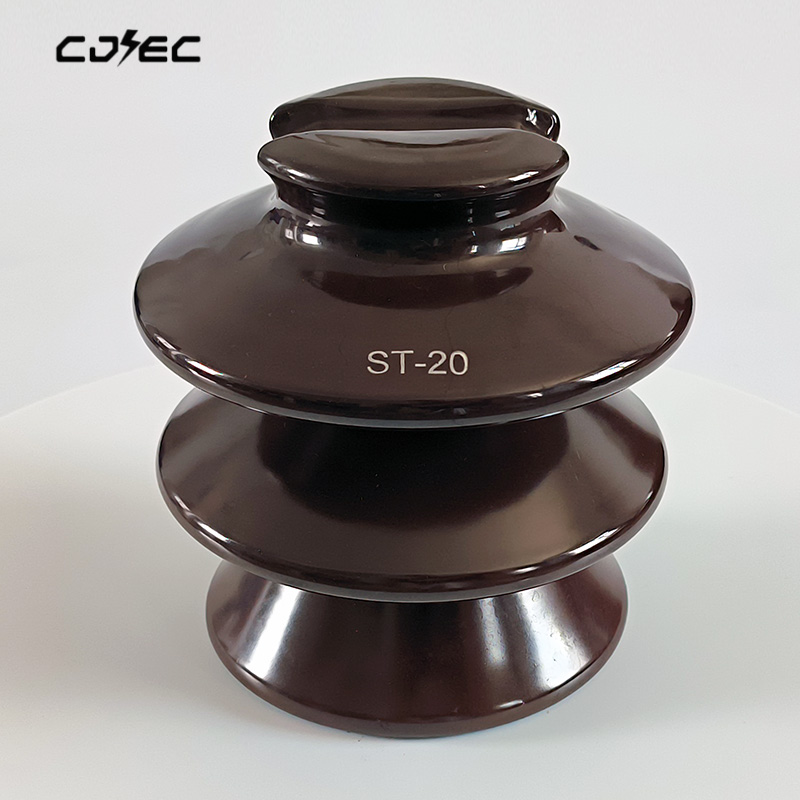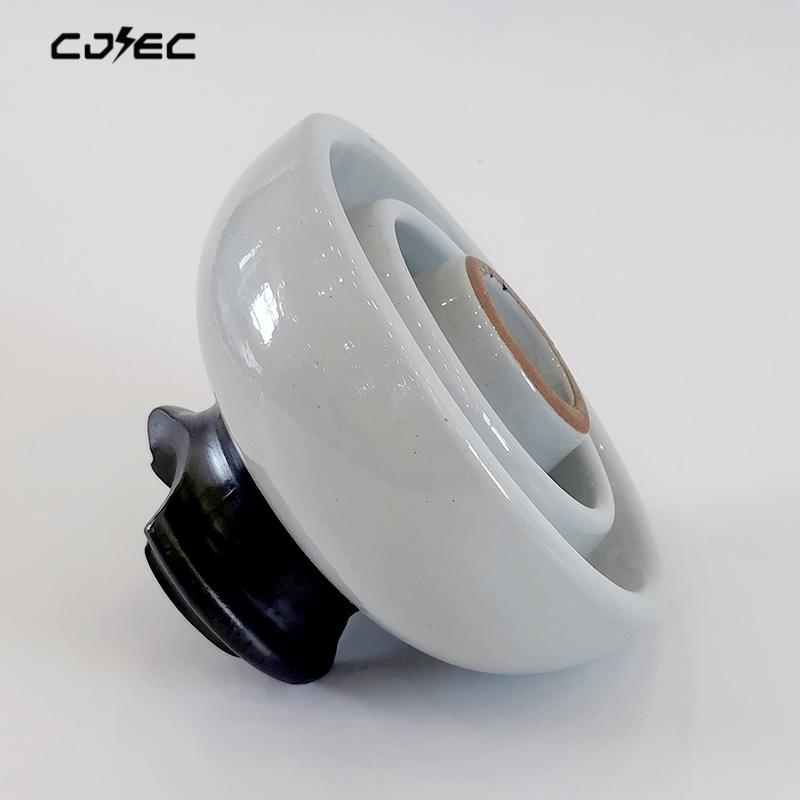13KN PW-33-Y High Voltage Pin Type Porcelain Insulator
Product Definition
A pin insulator is a component used to support or suspend a wire and to form an electrical insulation between the tower and the wire [1]. Pin type common ceramic insulator porcelain parts and cast steel are glued together with cement adhesive, and the surface of the porcelain parts is coated with a layer of glaze to improve the insulation performance of the insulator.
Insulators shall have sufficient insulation strength and mechanical strength. During operation, insulators shall not only withstand the action of working voltage and over voltage, but also have sufficient resistance to the erosion of chemical impurities, and can adapt to the influence of temperature change and surrounding environment.

Product performance
The basic properties of pin insulators include electrical, mechanical and thermal properties. In addition, there are environmental resistance and aging resistance and other properties.
(1) Electrical performance: The destructive discharge along the insulating surface is called flashover, and the flashover characteristic is the main electrical performance of insulators. For different voltage levels, insulators have different voltage tolerance requirements, including power frequency dry and wet voltage tolerance, lightning impact voltage tolerance, lightning impact wave cut-off voltage tolerance, and operation impact voltage tolerance. To avoid breakdown during operation, the breakdown voltage of an insulator is higher than the flashover voltage. In the factory test, the breakdown type porcelain insulator usually goes through the spark test, that is, the high voltage is increased to make frequent sparks occur on the insulation surface, and maintain for a certain time to see whether it is broken down. Some insulators need to undergo corona test, radio interference test, partial discharge test and dielectric loss test. The electrical strength of insulators in high altitude areas decreases due to the decrease in air density, so their withstand voltage should be increased when converted to standard atmospheric conditions. The flashover voltage of polluted insulators when they are affected with moisture is much lower than their dry and wet flashover voltage. Therefore, insulation should be strengthened or pollution resistant insulators should be used in polluted areas, and the creepage distance (the ratio of creepage distance to rated voltage) should be higher than that of normal insulators. Compared with AC insulators, DC insulators have poor electric field distribution, adsorption of pollution particles and electrolysis, low flashover voltage, and generally require special structural design and larger creepage distance.
| Pin Type Porcelain Insulator PW-33-Y | ||
| type | PW-33-Y | |
| DIMENSIONS | ||
| Diameter of shell | mm | 220 |
| Height | mm | 260 |
| Creepage distance | mm | 1000 |
| Net weight,approximate | kg | 10.8 |
| Electrical performances | ||
| Type application voltage | kv | 35 |
| power frequency wet withstand voltage | kv | 85 |
| power frequency dry withstand voltage | kv | 110 |
| Critical impulse flashover voltage,positive | kv | 190 |
| Critical impulse flashover voltage,negative | kv | 200 |
| Low frequency puncture voltage | kv | 165 |
| Mechanical performances | ||
| Cantilever strength | kn | 10 |
| Radio influence voltage date | ||
| Test voltage RMS to ground | kv | 22 |
| Maximum RIV at 1000kHz | μv | 100 |

